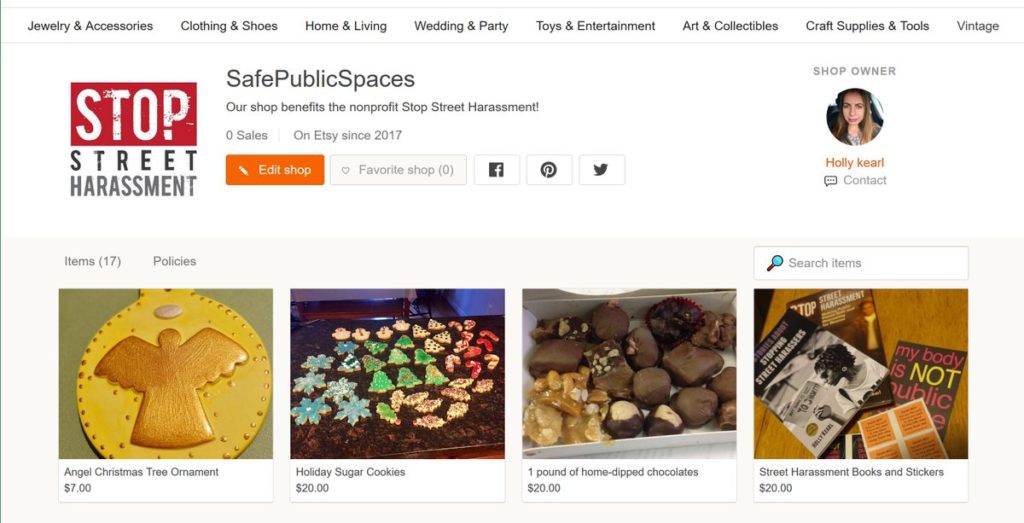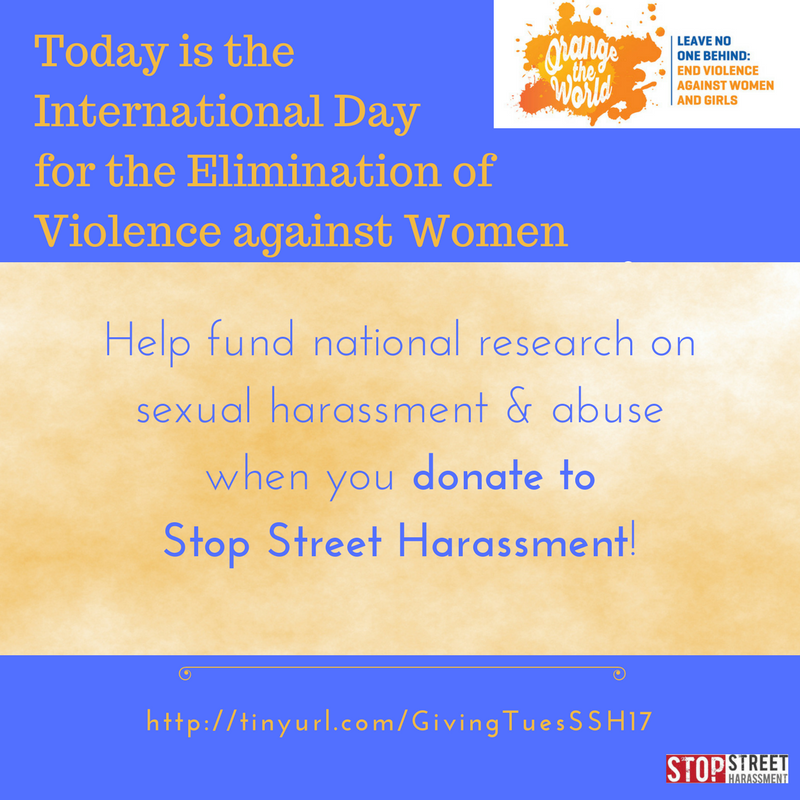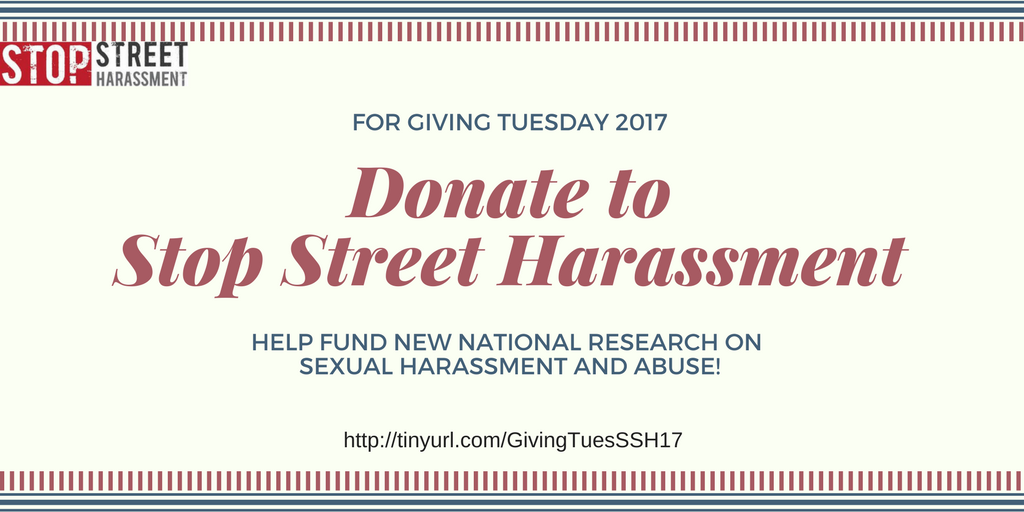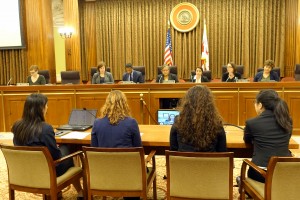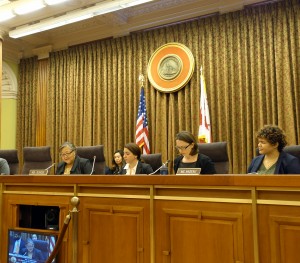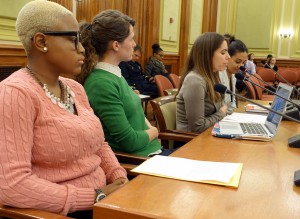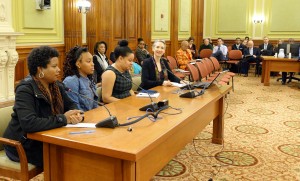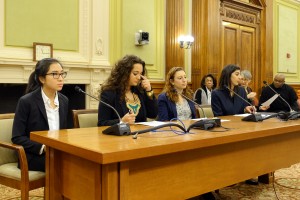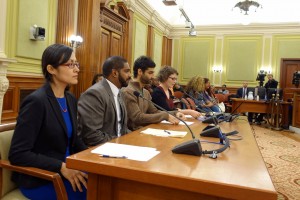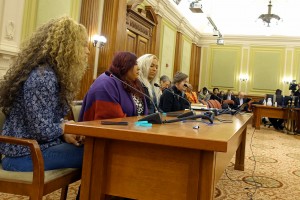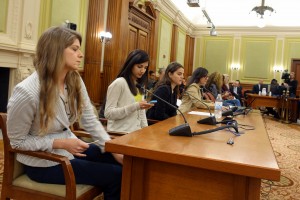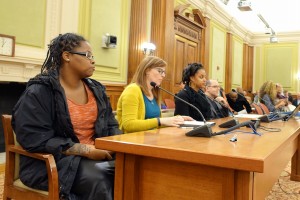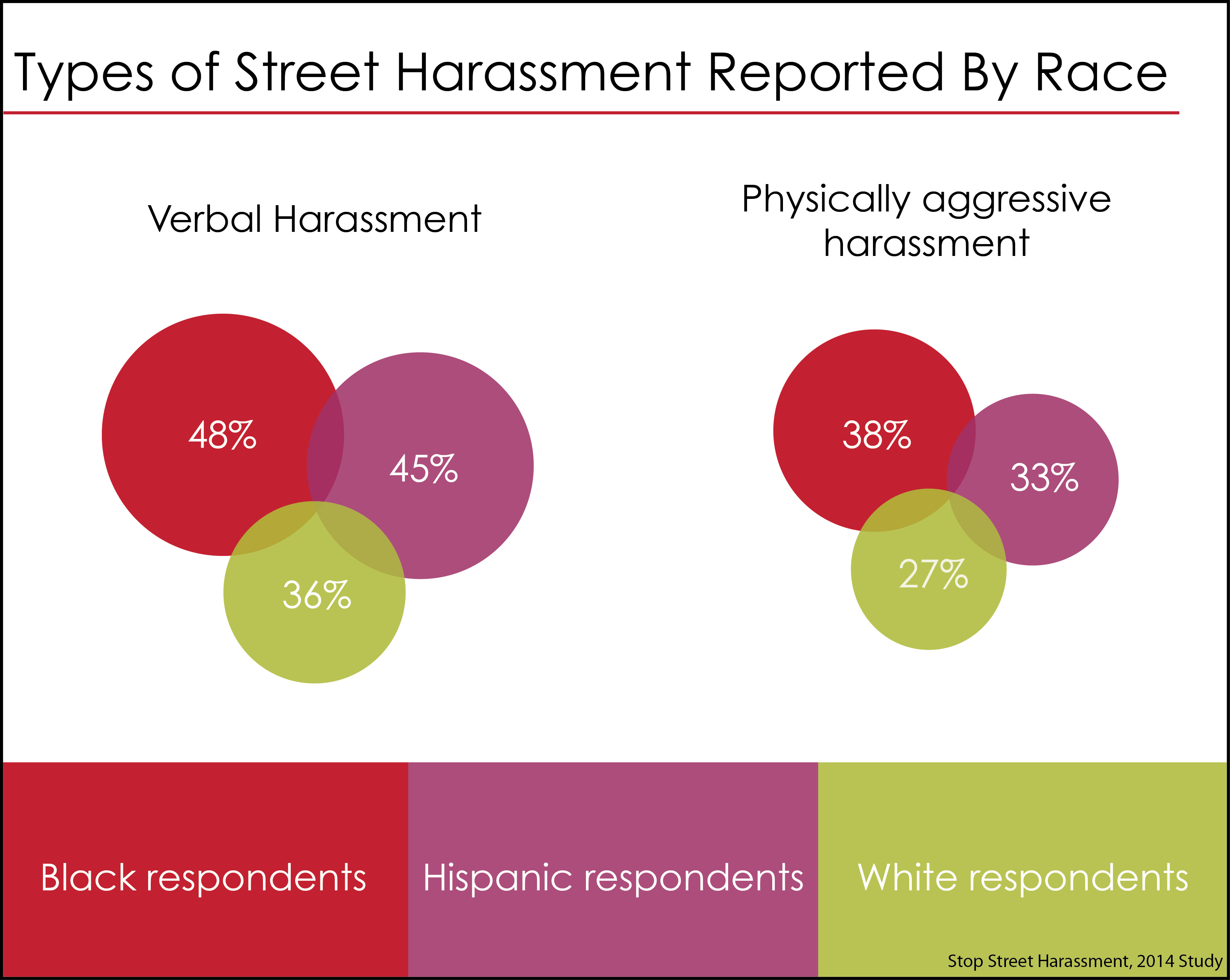To date, there is no nationally representative survey to document the pervasiveness of sexual harassment and other forms of abuse across all the places it occurs in the U.S., including public spaces, schools, campuses, workplaces, places of worship and private homes. There’s no better time than now to collect these data to back-up the outpouring of personal #MeToo stories.
We are partnering with Raliance, which works on sexual violence issues (it is a coalition comprised of National Alliance to End Sexual Violence (NAESV), the National Sexual Violence Resource Center (NSVRC), and California Coalition Against Sexual Assault (CALCASA)/PreventConnect), and survey firm GfK to conduct this timely survey.
We are *so close* to having enough funds raised, thanks to our generous #GivingTuesday donors, Raliance and Pinpoint Foundation. We just need to raise about $3,300 more!! Will you help?
You can donate directly to Razoo (tax-deductible) or we also now have an Etsy store with various items for sale — and 100% of the proceeds will help fund the survey!
Please help us out today.
